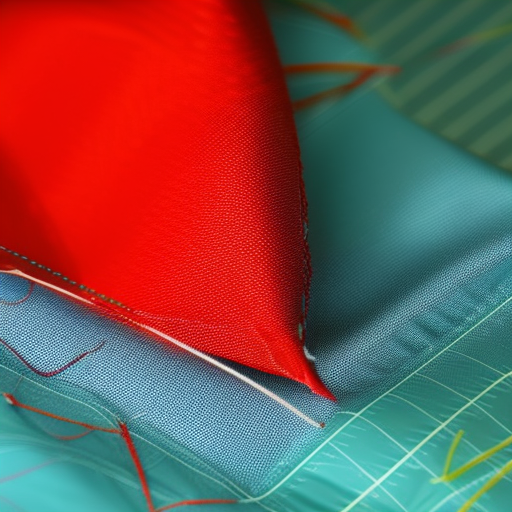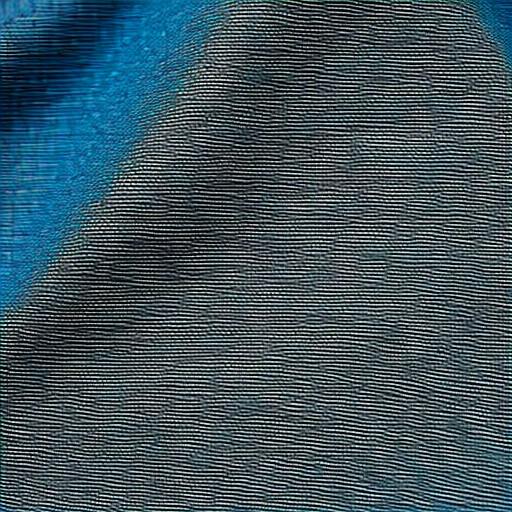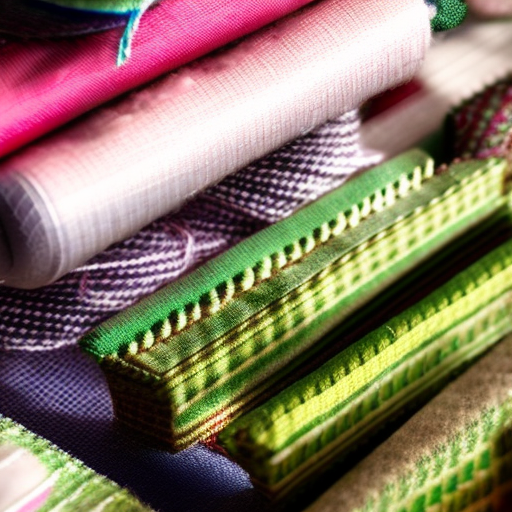

Introduction
Sewing waterproof fabric can be a challenging but rewarding task. Whether you want to create raincoats, outdoor gear,
or waterproof bags, mastering the art of sewing with waterproof fabrics is essential. In this article, we will explore
some key tips and techniques to help you achieve successful results with waterproof fabrics.
Choosing the Right Fabric
The first step in sewing waterproof fabric is selecting the appropriate type of fabric. Look for fabrics specifically
designed for waterproofing, such as laminated or coated fabrics. These often have a waterproof or water-resistant layer
on top of the base fabric.
Preparation
Before starting your sewing project, it is crucial to prepare the fabric properly. Depending on the specific type of
fabric, this may involve pre-washing, drying, or applying special treatments. Always follow the manufacturer’s
instructions to ensure optimal performance and longevity of the fabric.
Use the Right Thread
When sewing waterproof fabric, it is essential to choose the correct thread. Opt for polyester or nylon threads, as they
are stronger and water-resistant compared to cotton threads. Using a thread specifically designed for outdoor or marine
applications will provide extra durability.
Seam Sealing
Seam sealing is a vital step in waterproof fabric sewing. Even if your fabric is technically waterproof, the needle
punctures created during sewing can compromise its waterproof properties. To protect against leaks, apply seam sealant
along the seams. This can be done using specialized tapes or sealants available in the market.
Sewing Techniques
When sewing waterproof fabric, consider using a longer stitch length and adjustable presser foot pressure. This will help
prevent needle holes from becoming potential leakage points. Additionally, using clips instead of pins can minimize
puncturing the fabric.
Waterproof Zippers and Closures
In projects that require zippers or closures, such as bags or raincoats, opt for waterproof zippers or add a protective
flap or cover to prevent water from seeping through the zipper teeth or closures.
Testing
After completing your sewing project, it is essential to test the waterproofing. Use the fabric in water-exposure
conditions or perform a water test by spraying water onto the finished product. This will highlight any potential
leaks that need to be addressed for future projects.
Conclusion
Sewing with waterproof fabric requires attention to detail and proper techniques to ensure the end product is
resilient against water. By following the tips and techniques outlined in this article, you will be well-equipped to
undertake various sewing projects with waterproof fabric. So, dive into the world of waterproof sewing and enjoy
creating functional and durable items!





Exciting! I’d love to learn this technique. #sewinglife
Emily Johnson: Sounds like fun! #readytosew #waterprooflife
Great skill to have! Waterproofing fabric can be such an important step for certain projects, and having the right technique for sewing it can be a game-changer. #helpfulskills #sewinglife